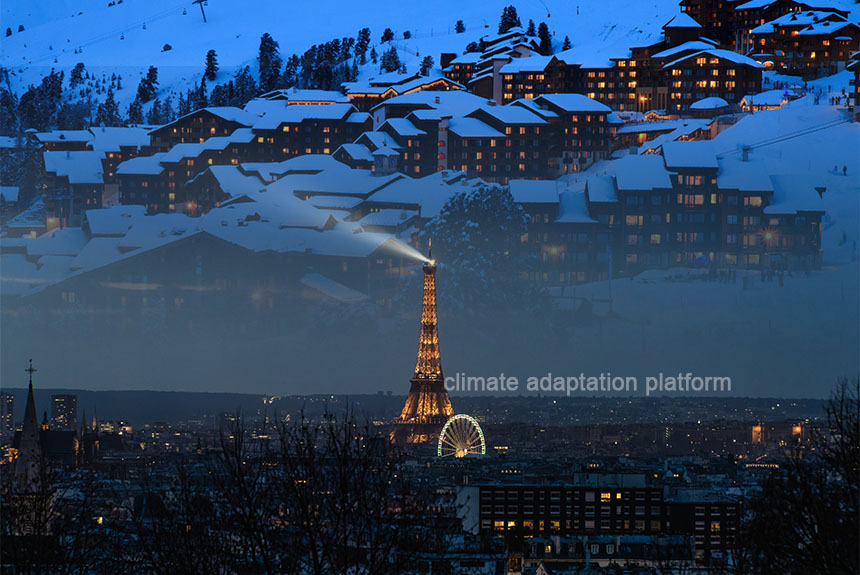In today’s modern living, electricity is essential to daily life and one of humanity’s crucial resources.
Depending on where you live, your country’s geographical location and level of development can affect power generation and cost. Electricity can be generated in many ways, from fossil fuels to cleaner and renewable methods. Each has its own cost, strengths and weaknesses, and some strategies are more feasible in one country than the other.
The Russian invasion of Ukraine threatened the energy security of most European countries that relied heavily on Russian gas. The war has nearly doubled household energy prices and pushed up the costs of other goods and services throughout global supply chains.
To mitigate further economic impacts from the war, European countries have ended years of growing reliance on Russian gas by decreasing natural gas demand, cooperating on energy efficiency technologies, and diversifying energy supplies.
The Conversation reports that France lowered its energy consumption by almost 10% last winter, and how the country achieves this should serve as a blueprint for other countries to follow. Cutting energy demands can also help countries’ goal to cut their GHG emissions.
France has implemented a “sobriety plan” to lower total energy consumption by 10% within two years. The plan originated as a response to the Russian invasion of Ukraine. However, the French government is keen to continue the energy-saving measures to meet the country’s energy target to cut power consumption by 30% by 2040.
The sobriety plan launched in October 2022 consists of 15 measures. This includes limiting how much energy is consumed, lowering public buildings’ thermostats, setting a maximum temperature of 19°C, supporting teleworking, car sharing, and dimming or turning off lights in public areas and facilities at certain hours. The plan also involves subsidising the switch to more efficient home heating, such as heat pump installation.
According to The Local, the plan was divided into three strands:
- Measures that are considered compulsory for government departments and public officials;
- Measures that are expected for businesses; and,
- Measures that are voluntary for households and private individuals.
Although household measures are voluntary, they seem to take it on board. Data shows that from October 10 to February 5, 2023, all households reduced their electricity use between 4 to 14%, depending on their locations. Homes in the south with warmer temperatures have seen the highest electricity savings compared to those in cooler areas.
Businesses have saved electricity by reducing their working hours to save on power bills, policies banning air-conditioned offices from leaving the doors open, and leaving their shop windows and signs switched on overnight.
In the public sector, compulsory measures include:
- Setting the office heating at a maximum of 19°C and lowering temperatures by 1°C in public spaces like leisure centres and swimming pools;
- Turning off street lights earlier;
- Limiting the number of hours for Christmas lights display.
Lessons from France’s Sobriety Plan
According to The Conversation, France’s sobriety plan’s success in lowering the country’s electricity consumption also presents three lessons to help countries decarbonise:
First, sufficiency measures can cut emissions quickly.
Second, economics is a more significant motivator than the environment. While the country’s wealthy can quickly reduce their energy consumption, lower-income households struggle to do so. To help them, the government offers subsidies to support them in replacing oil heating systems with heat pumps, a more energy-efficient solution. The assistance is based on income and could reach up to €15,500 (£13,350).
Third, research findings can take time to be implemented by governments. France introduced the concept of sobriety a decade ago, but policies to enact them have been slow to follow. Although France has successfully implemented policies to lower their energy consumption, the motivation is not primarily carbon neutrality.
However, France could take this a bit further to meet their climate adaptation goals by integrating energy sufficiency into a broader transformation of society.
Source:
Millot, A. & Pye, S. (2023 September 19). France used 10% less electricity last winter – three valuable lessons in fighting climate change. The Conversation. Retrieved from https://theconversation.com/france-used-10-less-electricity-last-winter-three-valuable-lessons-in-fighting-climate-change-206878
MAP: How France cut its electricity use by 10% this winter. (2023 March 3). The Local. Retrieved from https://www.thelocal.fr/20230303/map-how-france-cut-its-electricity-use-by-10-this-winter
Joint Statement by President von der Leyen and President Biden on European Energy Security. (2022, June 27). Comision Europea. Retrieved from https://ec.europa.eu/commission/presscorner/detail/es/statement_22_4149



Leave a Reply